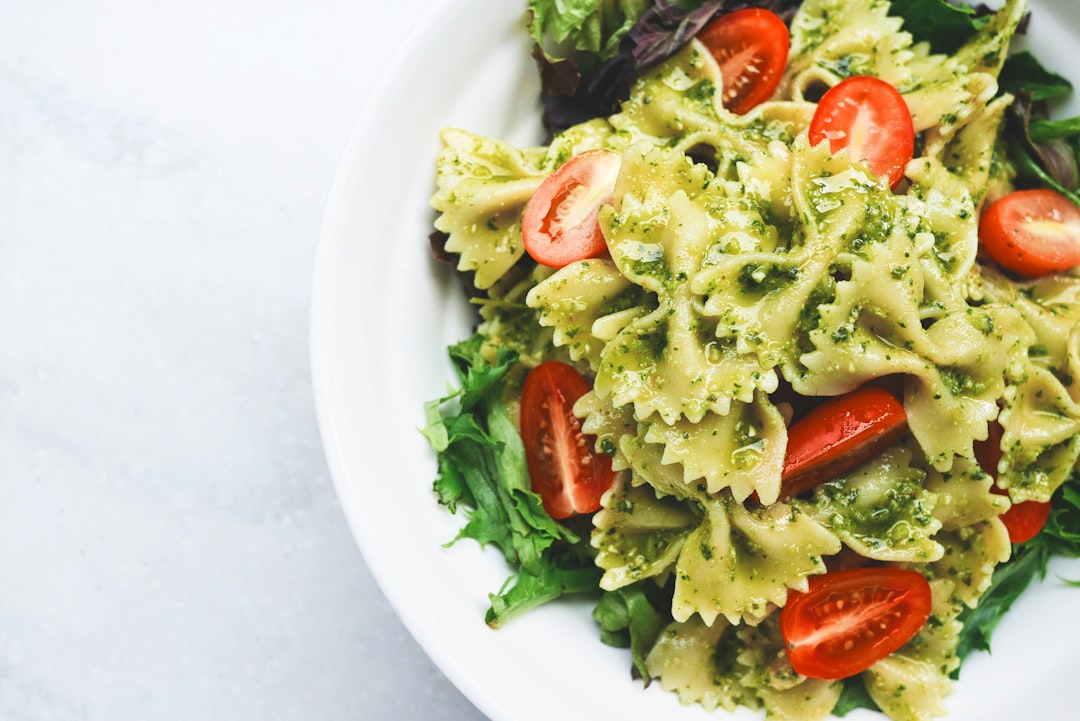
Hidden Foodie Gems You Must Try: Discovering Culinary Treasures
## Introduction. In the world of travel, food often takes center stage. While the famous restaurants and iconic dishes undoubtedly have their charm, hidden foodie gems can provide the most unforgettable culinary experiences. These under-the-radar spots offer unique tastes, local flavors, and unparalleled authenticity. When traveling, veering off the beaten path can lead you to delightful discoveries that not only satisfy your taste buds but also connect you to the culture and traditions of the area you are visiting. ## Unveiling Locally Inspired Delights. One of the best ways to explore a new destination is through its local cuisine. Hidden gems often emerge from small family-run eateries, food stalls, or artisanal markets that reflect the history and palate of the region. For instance, if you’re in Lisbon, Portugal, skip the crowded tourist traps and head to **Time Out Market**. While it seems popular, check out the lesser-known vendors. They showcase local chefs and dishes that highlight traditional Portuguese flavors—with a twist. Order the **Bacalhau à Brás** (a codfish dish that has become a staple) from a hidden vendor that takes pride in their family recipe. ## Local Markets: A Feast for the Senses. Visiting local markets is another option to discover hidden foodie gems. They not only brim with fresh produce and regional ingredients but also offer street food that captures the essence of local flavors. Think of **Mercato di Rialto** in Venice. This bustling market is filled with the scent of fresh seafood, ripe tomatoes, and aged cheese. Grab a **cicchetti** (Venetian tapas) from a small stall; you’ll find an assortment of delights—from marinated sardines to polenta squares topped with mushrooms. Eating where the locals shop and eat is the ultimate way to blend in and truly experience the culture. ## Off-the-Beaten-Path Restaurants. Many hidden eateries are tucked away in alleyways, basements, or even residential neighborhoods. These places often have a loyal following but receive little recognition from guidebooks. Consider the family-owned **La Taqueria** in Mexico City, where the tortillas are made fresh daily, and the salsas are packed with flavor. Diners can rejoice over authentic tacos with fillings such as barbacoa, cochinita pibil, and even insects for the adventurous palate! By visiting such local spots, travelers can indulge in food that tells the story of the region’s heritage. ## Discovering Regional Specialties. Every location has its culinary specialties, often stemming from cultural influences and historical backgrounds. When in Bangkok, venture into the small eateries around **Yaowarat Road** (Chinatown). This area comes alive at night with street vendors selling iconic dishes like **Pad Thai** and **Boat Noodles**. However, don’t miss out on *mango sticky rice* served from a simple cart; its rich flavors and textures perfectly capture the essence of Thai dessert. Seeking out unique local dishes opens a window into the cultural identity of the place you are visiting. ## Engaging with Local Chefs. Meeting local chefs can lead to deeply enriching culinary experiences. Some hidden gems occasionally offer cooking classes in a home setting or intimate settings. This immersive experience allows you to learn how to prepare local dishes while gaining insights into the culinary traditions of the area. For example, consider taking a class with **a home cook in Tuscany** who teaches how to make traditional **handmade pasta**. After your lesson, enjoy the meal you created together, learning about the food’s significance in Italian culture. ## Food Festivals: A Taste of Local Heritage. Attending local food festivals is another fantastic way to discover foodie gems. These events often gather local producers, artisans, and chefs, showcasing the best regional dishes. In the U.S., the **North Carolina Barbecue Festival** offers visitors a chance to sample various styles of barbecue, each reflecting the local tradition and flavors of the South. Participate in cooking demonstrations or taste-test regional barbecue sauces, and engage with the locals to get insider tips on where to find other hidden gems throughout the state. ## Conclusion. Traveling is not just about seeing new sights; it’s about experiencing cultures, traditions, and flavors. By venturing into the world of hidden foodie gems, travelers can unveil a side of the destination that major tourist spots cannot offer. Whether in a bustling market or a secluded street stall, or engaging with the local chefs, each meal becomes an adventure that enhances your travel experience. So, the next time you plan a trip, step beyond the conventional and embrace the culinary treasures waiting to be discovered. Your taste buds will thank you. .









